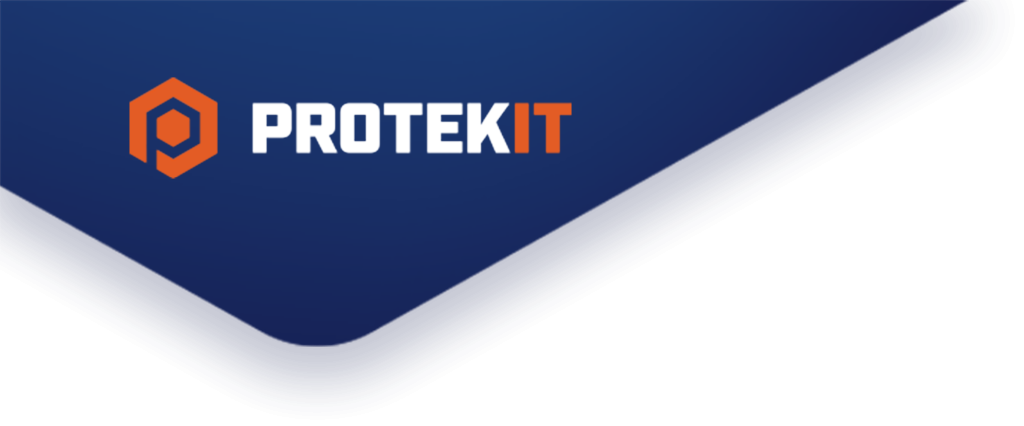Imagine leaving your house for a long vacation. You live in a neighborhood that maybe isn’t the safest, but you trust your locks. But are they really secure? A tiny crack or hidden weakness could have occurred. It’s a disaster waiting to happen.
That’s the risk of neglecting continuous cybersecurity monitoring. Cyber threats always evolve, and traditional security measures aren’t enough anymore. Continuous monitoring is like having a guard in front of your door at all times. It constantly checks for weaknesses and sounds the alarm before attackers can exploit them.

Why Continuous Monitoring Matters
Continuous monitoring isn’t just nice to have; it’s essential. Here’s why:
Cyberattacks can occur in seconds, exploiting vulnerabilities before you even know they exist. Continuous monitoring provides real-time insights, allowing you to quickly identify and respond to threats, minimizing potential damage.
Hackers are always developing sophisticated techniques that can bypass traditional defenses. Continuous monitoring goes deeper, analyzing network traffic, user behavior, and system logs to uncover hidden threats.
Many industry regulations and data privacy laws require continuous monitoring. Failing to comply can result in hefty fines and reputational damage.
Continuous monitoring helps prevent costly breaches and downtime. It also reduces the workload for security teams by automating routine tasks, allowing them to focus on strategic initiatives.
What Does Continuous Monitoring Look Like?
Continuous monitoring isn’t just one tool; it’s a holistic approach combining various elements:
- Log Management: Collecting and analyzing security logs from firewalls, devices, and applications.
- Security Information and Event Management (SIEM): SIEM systems provide a centralized view of your security posture, identifying potential threats.
- Vulnerability Scanning: Regular scans identify weaknesses in your systems and applications, allowing you to patch them before attackers exploit them.
- User Activity Monitoring: Monitoring user behavior to identify suspicious activity, such as unauthorized access attempts.
- Network Traffic Analysis: Monitoring network traffic can reveal malware, suspicious communication patterns, and attempts to breach your defenses.
Benefits Beyond Threat Detection
Continuous monitoring offers more than just threat detection:
Improved Threat Detection Accuracy
By analyzing vast amounts of data, continuous monitoring reduces false positives. This ensures your security team can focus on genuine threats rather than wasting time on false alarms.
Faster Incident Response
Real-time alerts enable a quicker response to security incidents. This swift action helps minimize potential damage, reducing downtime and mitigating the impact on your operations.
Enhanced Security Posture
Identifying vulnerabilities allows you to prioritize patching and remediation efforts. Proactively addressing these issues strengthens your overall security posture, making your systems more resilient against attacks.
Compliance Reporting
Continuous monitoring systems can generate comprehensive reports. These reports help you prove compliance with relevant regulations and data privacy laws, saving you time and resources during audits. This also help
Getting Started with Continuous Monitoring
Implementing continuous monitoring doesn’t have to be overwhelming. Here’s how to begin:
Assess Your Needs
Identify your organization’s specific security needs and compliance requirements. A cybersecurity assessment can help pinpoint vulnerabilities you need to address.
Choose the Right Tools
Select monitoring tools that align with your needs and budget. Consider managed security service providers (MSSPs) for a comprehensive solution.
Develop a Monitoring Plan
Define what your monitoring plan will look like. This helps ensure nothing gets missed. Include:
- How you will track data
- How you will handle alerts
- Who will respond to incidents
Invest in Training
Train your security team on using the monitoring tools and effectively responding to security alerts. Include training on reporting from monitoring systems so your team understands the insights they offer.
Need Help with Your Cybersecurity Strategy?
Monitoring is one part of a holistic approach to cybersecurity. We’re here to help you protect your business by offering comprehensive solutions tailored to your specific needs. Here’s how we can assist you:
Customized Security Assessments: We conduct thorough assessments to understand your current security posture and identify potential vulnerabilities. This helps us tailor a solution that fits your unique requirements.
Strategic Planning and Implementation: Our team works with you to develop a strategic plan that integrates continuous monitoring with other essential security measures. We handle the implementation process to ensure seamless integration with your existing systems.
Managed Security Services: If you prefer a hands-off approach, our managed security services offer round-the-clock monitoring, threat detection, and incident response. This ensures your network is always protected without straining your internal resources.
Ongoing Support and Training: We provide ongoing support to keep your security systems updated and effective. Additionally, we offer training for your staff to ensure they are equipped to handle security threats and understand the insights provided by our monitoring tools.
Cost-Effective Solutions: We understand budget constraints and work to provide solutions that offer maximum protection without breaking the bank. Our approach ensures you get the best value for your investment in cybersecurity.
You gain a trusted ally in your fight against cyber threats by partnering with us. We’re committed to protecting your business, data, and reputation. Contact us today to discuss your needs and discover how we can help you achieve a robust cybersecurity posture.
Article used with permission from The Technology Press.



